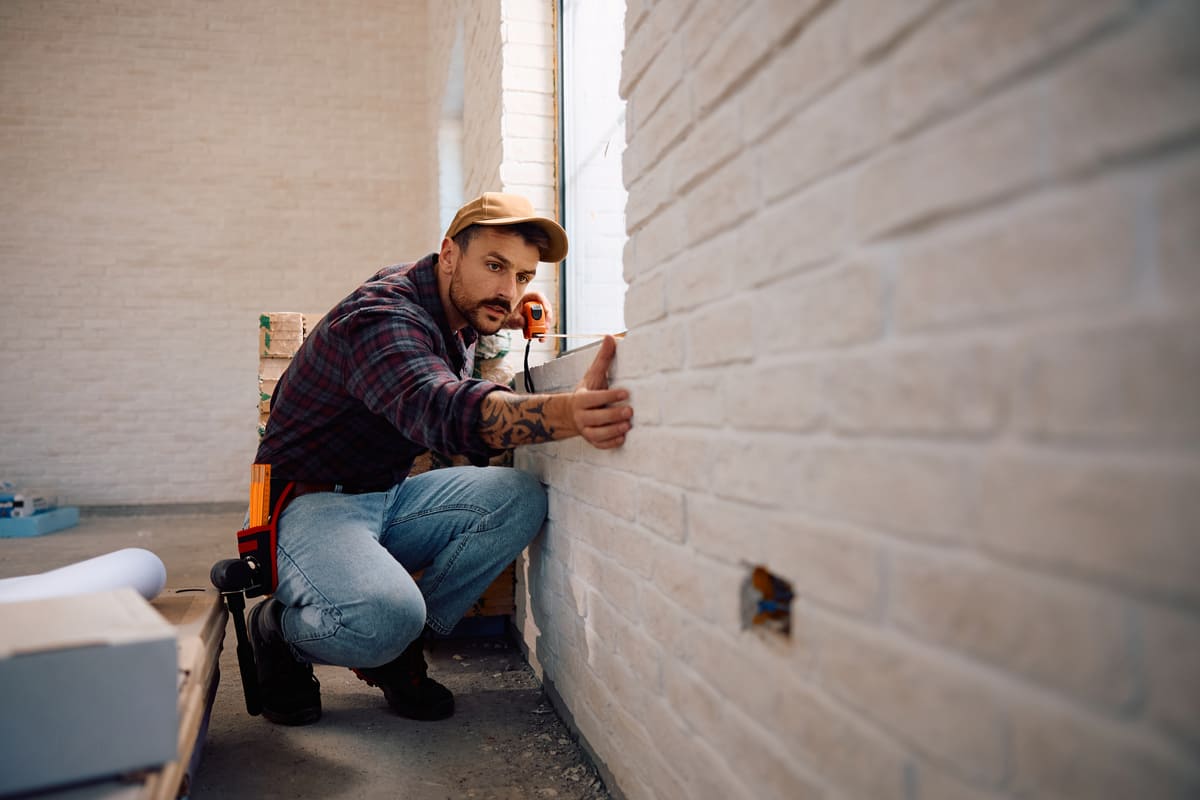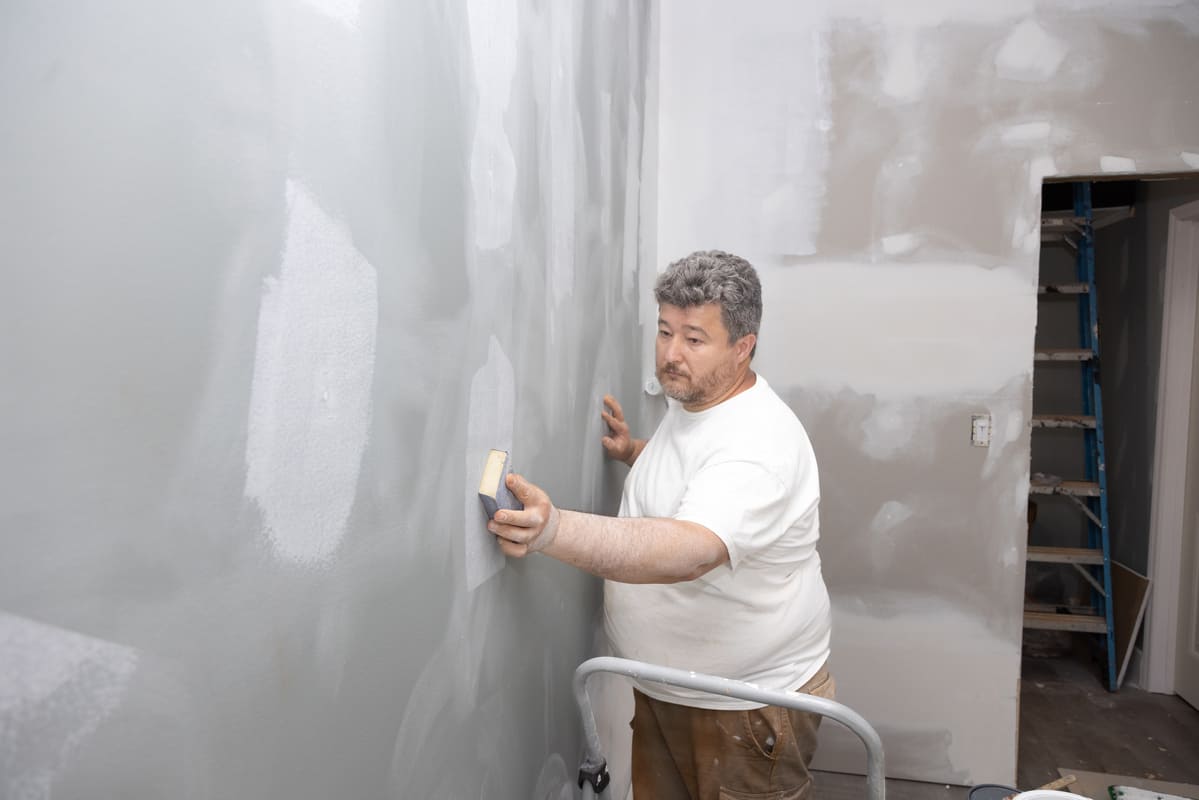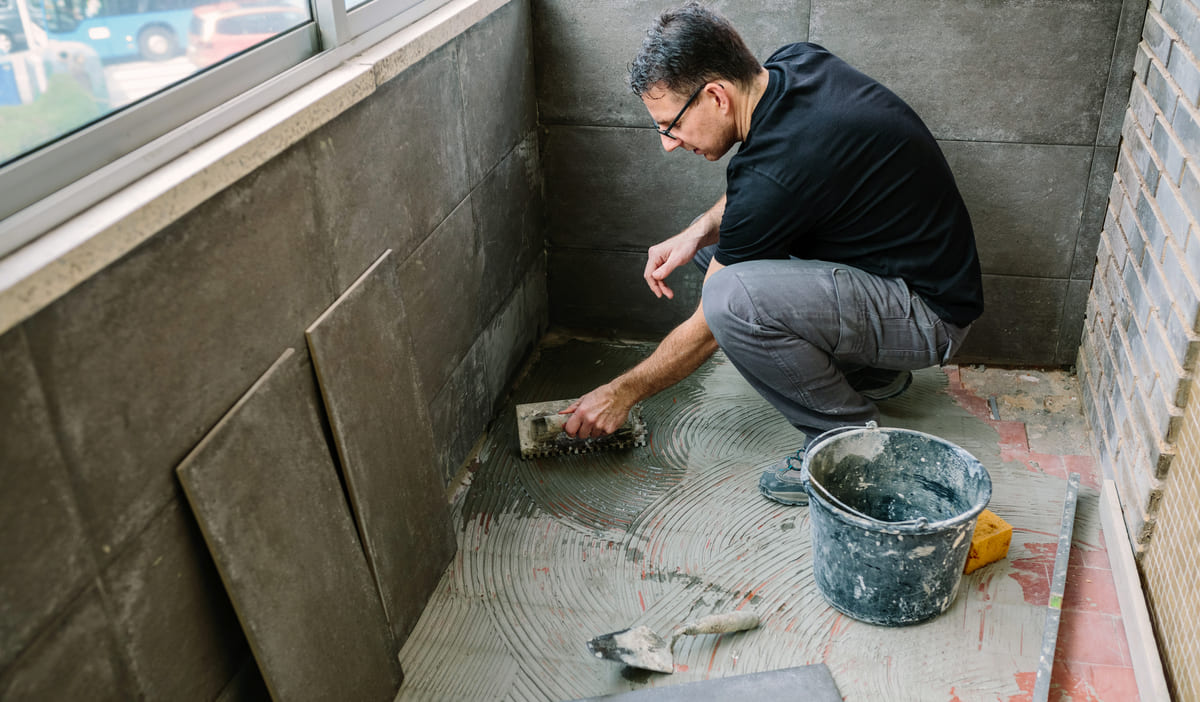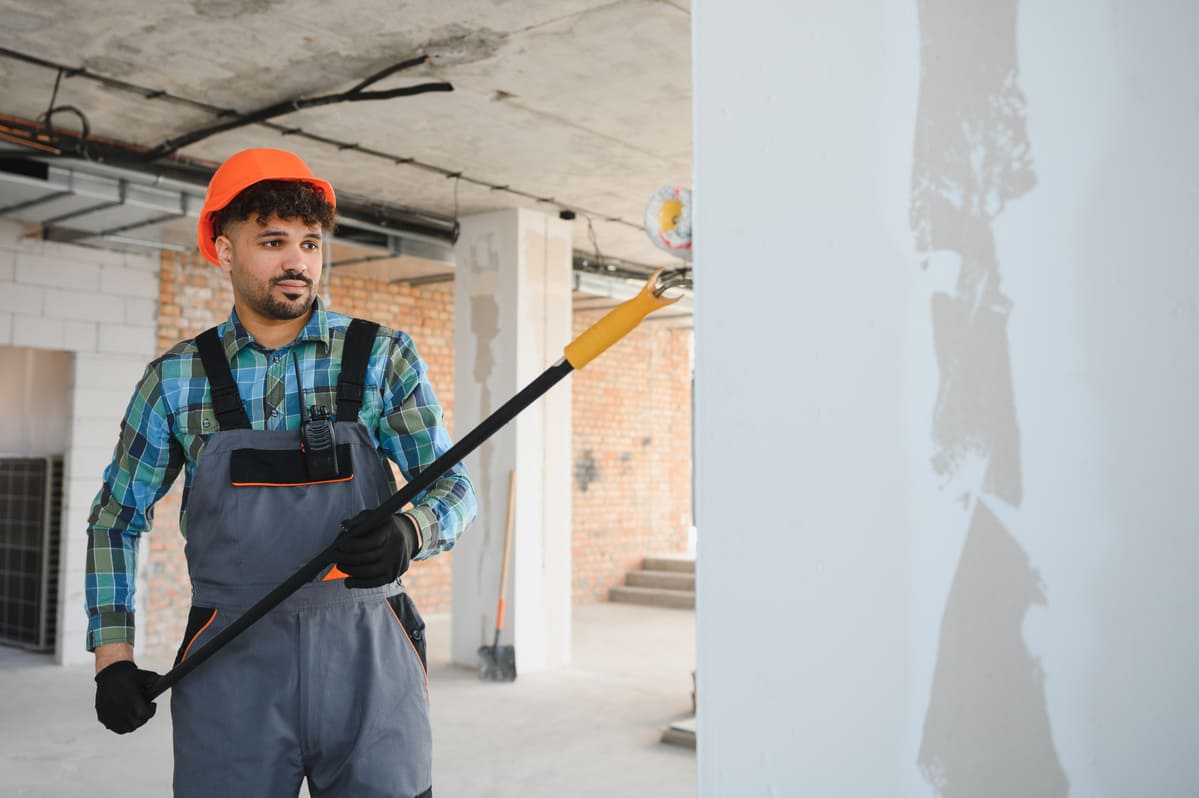Damp Solutions That Work: A Look Inside Surrey Damp Experts’ Approach
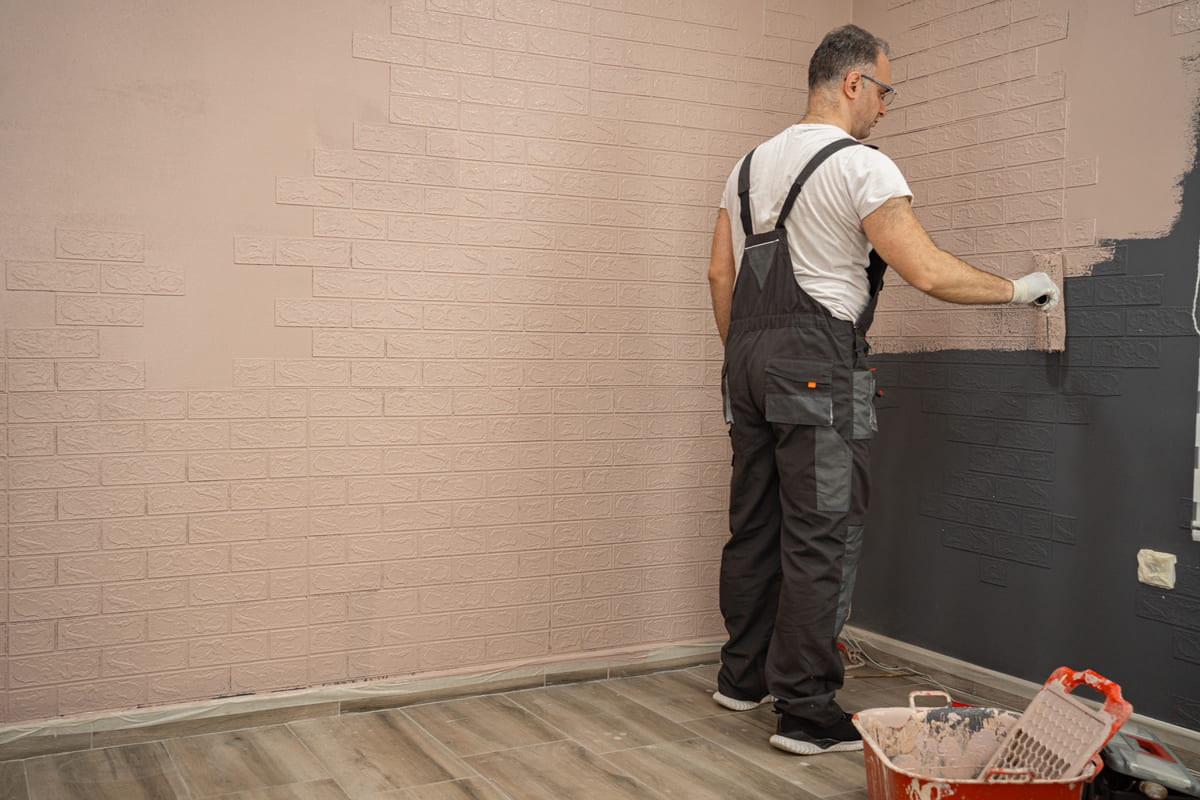
Damp is a common problem in many UK homes, especially older properties or buildings with poor ventilation. Left untreated, it can cause structural damage, unpleasant smells, and health issues. This guide will help you understand what damp is, what causes it, how to spot the signs early, and the best ways to treat it.
1. Introduction to Damp Issues
Damp is a common problem in homes, particularly in older buildings. It can lead to structural damage, health problems, and a decrease in property value. Identifying the cause early can help reduce costly repairs.
There are various types of damp that homeowners should be aware of, each requiring a different solution.
- Rising Damp – moisture moving up from the ground.
- Penetrating Damp – caused by water entering through walls or roofs.
- Condensation – usually due to poor ventilation inside the property.
2. Key Causes of Damp
Understanding what causes damp can help you take preventative measures. Some of the most common causes include:
- Leaking roofs and gutters allowing rainwater to seep inside.
- Blocked or damaged drainage systems.
- Poor ventilation in bathrooms, kitchens, and basements.
- Cracks in walls or foundations that let moisture in.
- Defective plumbing or pipe leaks behind walls.
3. How to Spot Damp in Your Home
Being able to recognise early signs of damp can save time, money, and effort in the long run. Look out for these symptoms:
- Peeling paint or wallpaper.
- Persistent musty or earthy smell.
- Mould or mildew growth on walls and ceilings.
- Stains and discoloration, especially on external-facing walls.
- Unexplained cold or damp patches indoors.
4. Effective Damp Treatments
Depending on the cause and severity of the damp, treatment options will vary. Some of the most effective solutions include:
- Installing or repairing a damp-proof course (DPC).
- Using a chemical damp-proof injection.
- Improving internal ventilation with extractor fans or dehumidifiers.
- Fixing leaks and replacing damaged roof tiles or gutters.
- Applying water-resistant exterior coatings or sealants.
5. When to Call a Professional
If the damp is extensive or keeps returning after DIY efforts, it’s time to call a specialist. Professional damp surveyors can diagnose the issue and recommend long-term solutions.
Here are some cases when expert help is strongly recommended:
- Structural damage is visible (e.g., crumbling plaster or wood rot).
- You notice widespread black mould on walls or ceilings.
- Persistent condensation despite good ventilation.
- You are preparing your home for sale or renovation.
- Family members are experiencing health issues linked to damp, such as allergies or asthma.

